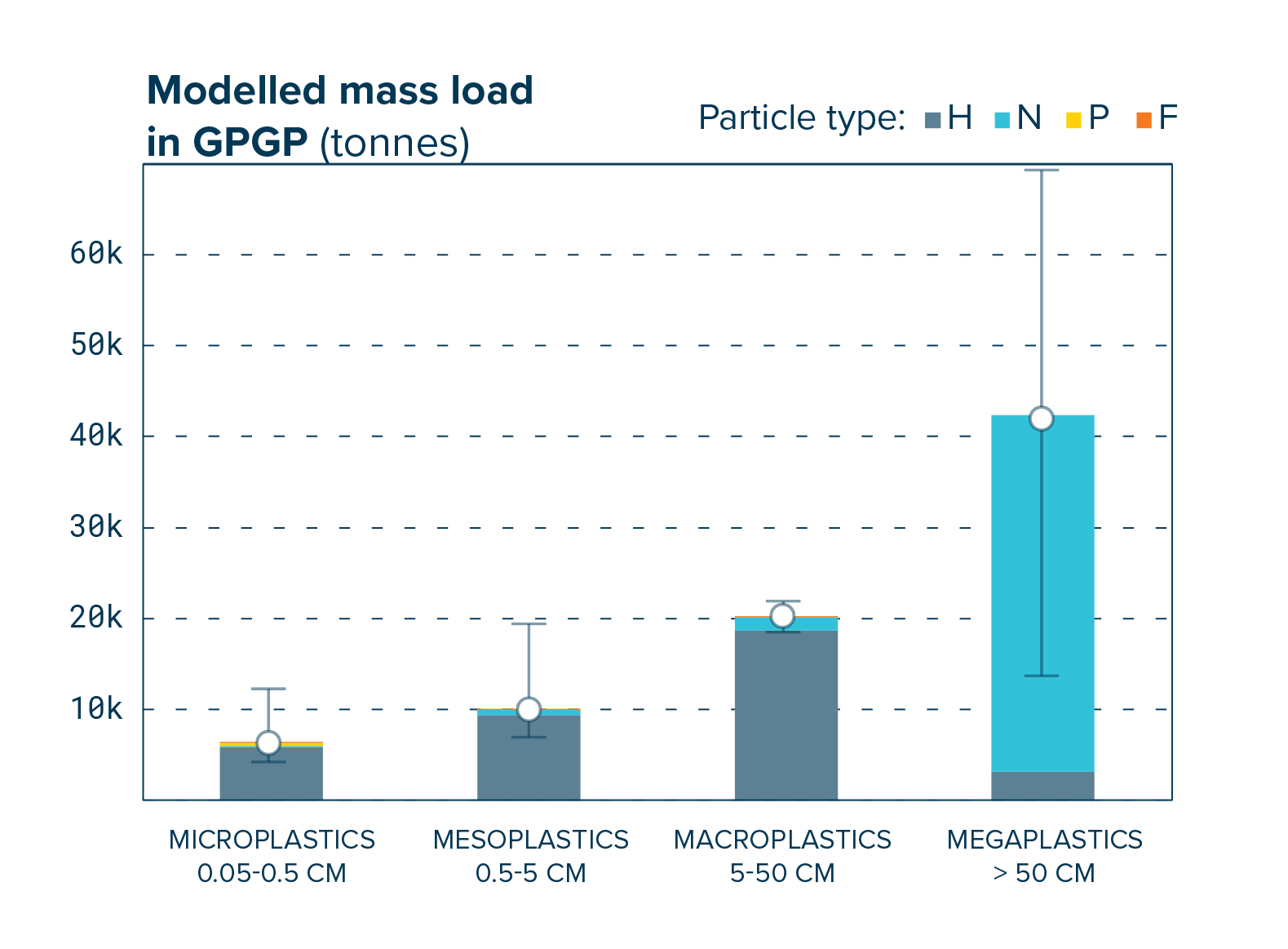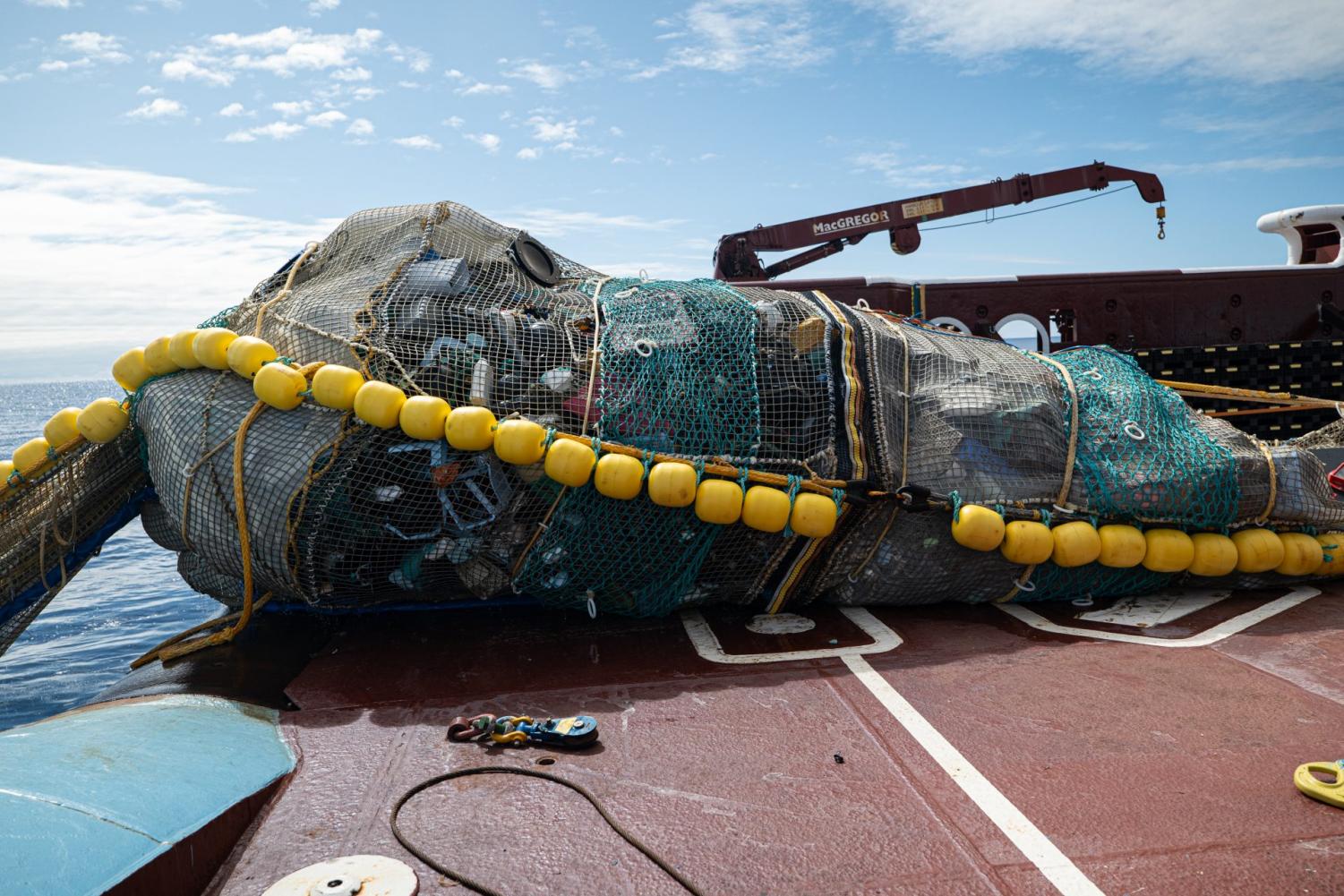The Ocean Cleanup and the Great Pacific Garbage Patch
December 15, 2022
The Ocean Cleanup—a nonprofit environmental engineering organization—develops technology to rid the ocean of plastic. Their latest goal is focused on where they believe they can make the most impact. The Great Pacific Garbage Patch (GPGP).
The collection of marine debris contains an estimated 1.8 trillion pieces of plastic and a mass of 80,000 tonnes. The Ocean Cleanup then studied what types of plastic were inside the GPGP and categorized it into four size classes: Microplastics (0.05 – 0.5 cm), Mesoplastics (0.5 – 5 cm), Macroplastics (5 – 50 cm), and Megaplastics (anything above 50 cm).

System 002 was the Ocean Cleanup’s first experimental large-scale cleaning solution of the GPGP. Through 2021 and 2022, the test campaign has been harvesting plastic and been proved successful.
According to Design Boom, “It works by dragging a tensioned, 800-meter long artificial coastline through areas of the ocean where plastic has accumulated. Two vessels pull the system 002 on each end, resulting in a U-shaped flexible barrier that collects the floating plastics into a retention zone. The vessels move at about 0.75 meters per second, and the artificial coastline spans up to 1800 meters. This system differentiates from the past proposals because it uses the horseshoe-shaped system to tow it along instead of letting the system float and be moved by the wind.”

On September 22, 2022, the extraction team removed 3.8 tons of plastic from the ocean in just one day due to this system. The Ocean Cleanup’s intimidating goal of reducing all plastic floating in the ocean by 90% by 2040 may just prove possible.
